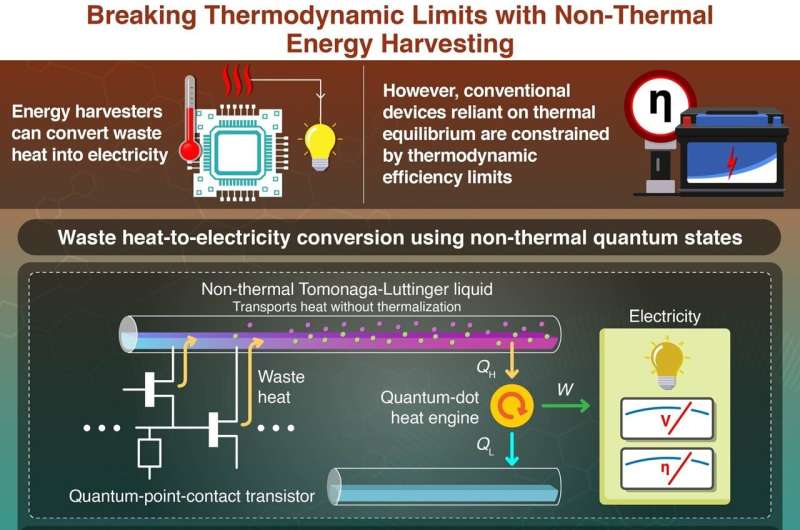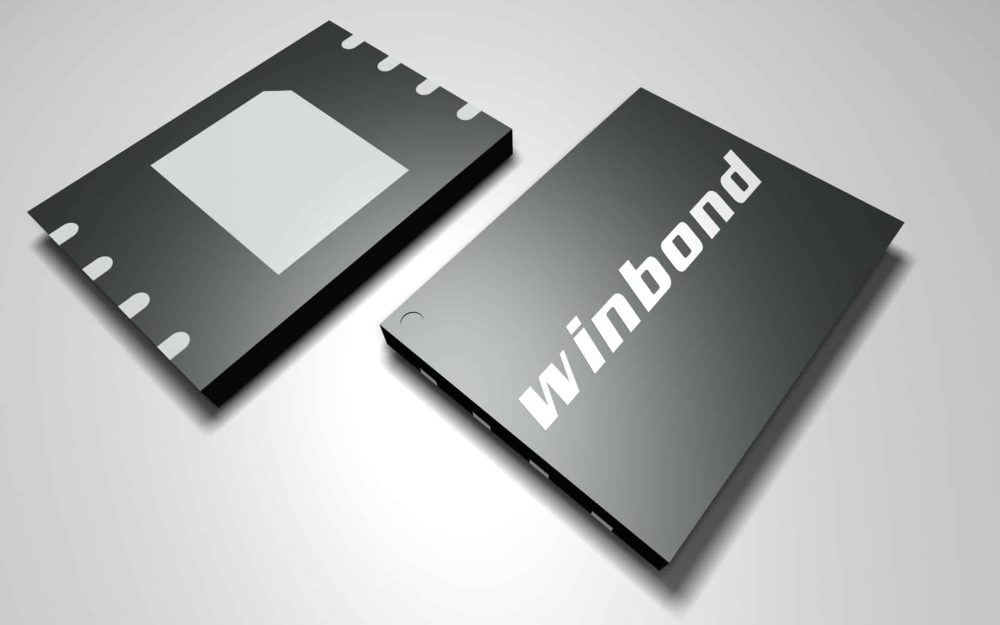In a landmark achievement that challenges long-held principles of physics, researchers from Japan have developed energy harvesters that surpass the Carnot efficiency, a fundamental thermodynamic limit once thought to be an absolute barrier for heat conversion systems. By harnessing unique quantum states that avoid thermal equilibrium, the team has opened the door to unprecedented energy recovery from waste heat, with profound implications for sustainable electronics and quantum computing.
The Thermodynamic Barrier That Defined Our Limits
Energy harvesting, the process of capturing ambient waste heat from electronics, industrial processes, and power plants, has always been constrained by the immutable laws of thermodynamics. The Carnot efficiency, established in the 19th century, represents the maximum possible efficiency that any heat engine can achieve when operating between two temperatures. For conventional systems relying on thermal equilibrium, this has been an unbreakable ceiling.
“Such thermodynamic limits have restricted the amount of useful power that can be extracted from waste heat,” explains Professor Toshimasa Fujisawa from the Institute of Science, Tokyo, who led the research. This limitation has meant that vast amounts of waste heat generated by everything from smartphones to factory equipment dissipates into the environment, representing lost energy that conventional technology cannot effectively recover.
The Quantum Solution: Non-Thermal Electron States
The breakthrough came from looking beyond thermal equilibrium to the strange world of quantum mechanics. Instead of using traditional thermal states, the research team harnessed a special quantum system called a Tomonaga-Luttinger (TL) liquid, a one-dimensional electron system that, due to its quantum nature, does not thermalize.
When heat is introduced to conventional systems, the energy is distributed evenly, resulting in thermal equilibrium. However, in a TL liquid, the system maintains its non-thermal, high-energy state, thereby preserving the energy gradient necessary for efficient conversion.
“In conventional systems, when you add heat, everything thermalizes and you lose the high-quality energy needed for efficient conversion,” says Professor Fujisawa. “But with non-thermal states, we can preserve that energy quality.”
The Experimental Triumph
The team designed an elegant experiment to demonstrate their concept:
- They injected waste heat from a quantum point contact transistor into a TL liquid
- This non-thermal heat traveled several micrometers to a quantum-dot heat engine
- The system converted this preserved heat into electricity with significantly higher voltage and efficiency than conventional approaches
The results were clear: their technique surpassed not only the Carnot efficiency but also the Curzon-Ahlborn efficiency, which describes the maximum power output achievable by conventional heat engines.
A New Model for a New Reality
To explain their results, the researchers developed a new theoretical model based on a binary Fermi distribution that accurately describes non-thermal electron states. This model provides the mathematical foundation for understanding how and why their system breaks traditional thermodynamic barriers.
“These results encourage us to utilize TL liquids as a non-thermal energy resource for new energy-harvesting designs,” Professor Fujisawa states, highlighting the practical potential of their discovery.
The Future of Energy Harvesting
The implications are far-reaching:
- Sustainable Electronics: Low-power devices could become significantly more efficient, potentially extending battery life or even enabling self-powered operation through waste heat recovery
- Quantum Computing: The massive waste heat generated by quantum computers could be converted back into usable power, addressing one of the field’s major challenges
- Industrial Efficiency: Factories and power plants could recover energy that was previously considered unrecoverable
“Our findings suggest that waste heat from quantum computers and electronic devices can be converted into usable power via high-performance energy harvesting,” Professor Fujisawa remarks, pointing toward a future where our devices not only consume less energy but actively recycle the energy they would otherwise waste.
This research, published in Communications Physics, represents more than just a technical achievement; it’s a paradigm shift in how we think about energy conversion, proving that sometimes, to surpass fundamental limits, we need to look beyond conventional physics to the strange and powerful world of quantum mechanics.
This breakthrough demonstrates that the boundaries we once thought were absolute may be the limits of our current understanding, and that quantum physics continues to reveal new possibilities for a more sustainable technological future.


The (for lack of a better term) key cool feature of such a device is indeed the potential to harvest and recover otherwise wasted energy that can’t economically harvested with Carnot-type heat engines. That’s especially so if the temperature differential to ambient is comparable small. In addition to “waste”* heat from computers/servers/AI accelerators, this could also add to the efficiency of electric vehicles and air conditioning systems. Using the currently discarded heat produced by the compressor (air conditioners) or the batteries and the drive train of EVs would further improve their efficiency or range .
* In ” “, as some of that thermal energy might now be used to produce electricity.